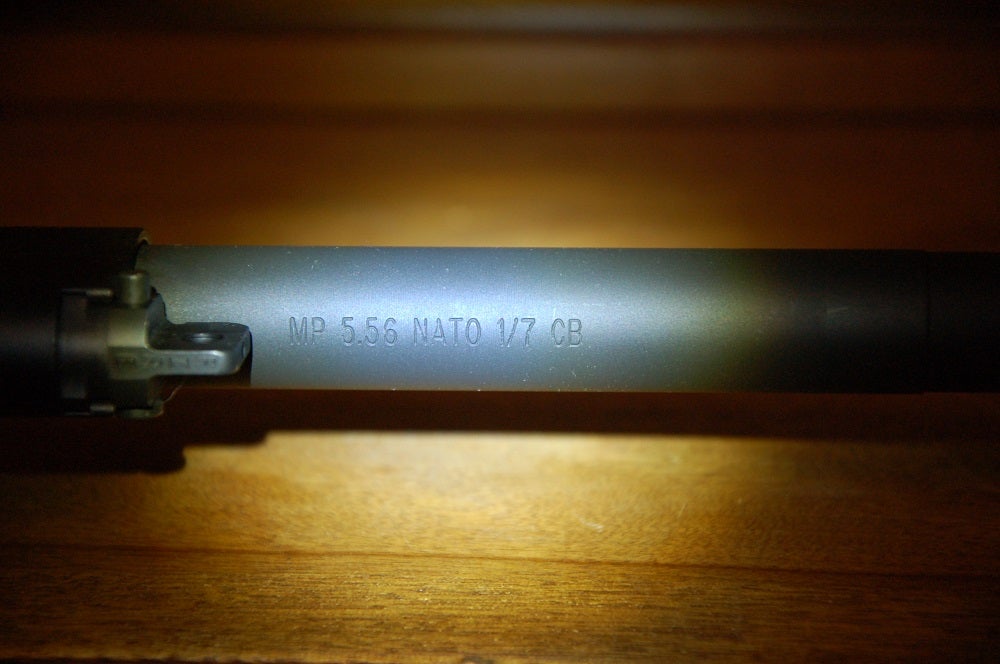AR Rifle Barrel Twists
Dr. John Woods 10.24.18

John J. Woods
Magnolia Outdoor Communication
AR RIFLE BARREL TWISTS
Clearly you would have to be a confirmed AR rifle platform nerd to truly be interested in the rifling twists of the barrels. Even so, apparently it is an immensely concerning subject for those AR shooters doing competition shooting especially high power matches. For the average AR rifle owner, I suspect most have no clue what the rifling twist is for their rifle’s barrel.
For the uninitiated, a rifle barrel’s twist rate or rifling is a ratio of how many inches of barrel length it takes for the bullet traveling down the barrel to make one full revolution. A standard AR’s rifling twist of 1:7 means a bullet makes one full revolution or spin in seven inches of the barrel.
The most common rates of barrel rifling twist for AR rifles are the 1:7, 1:9, and 1:12. There may be rifle twists of 1:8 and 1:14. The latter being quite rare now having been dropped after military testing found it would not stabilize bullets in cold weather. The 1:8 twist rate being sought after by long range shooters. Picky, picky.
Another point of understanding about the rate of rifling twist is that the ratio also indicates the rifling spin of the bullet down the barrel. Obviously a bullet that makes a complete revolution in only seven inches is “spinning” much faster than a bullet that uses 12 inches to make one full turn in the barrel. So, the larger the twist ratio, the slower the rifling twist. Well, so what? What is this business of twist rate all about anyway?
A rifle barrel’s twist rate has everything to do with how stable that bullet’s weight is as it travels down the barrel’s rifling, to exit at the muzzle. Bullet stability has to do with terminal accuracy. An unstable bullet could be wavering all over airspace on the way to the target thus not printing particularly good groups. It could actually keyhole completely out of alignment.
So, twist rate and bullet weights have to be matched fairly closely for commonly used bullet weights in ammunition to be accurate. The 1:7 twist rate was developed as a sort of compromise for the more or less standard 55-grain 5.56/.223 bullets. The 1:9 is for 69-grain match bullets, and the 1:12 was created for the 60-63 grain bullets.
Your AR rifle’s barrel may or may not have the rate of twist stamped on the barrel. Some do, some do not. The owner’s manual may not list it either but a Google search might uncover it for your rifle model if interested. Regardless, buy standard 55-grain fodder and shoot away.